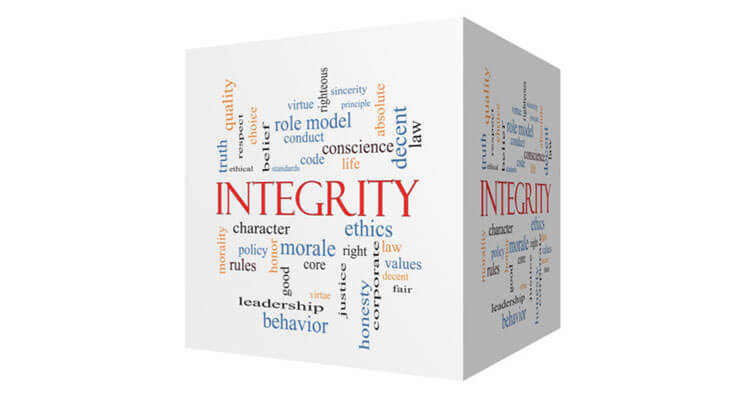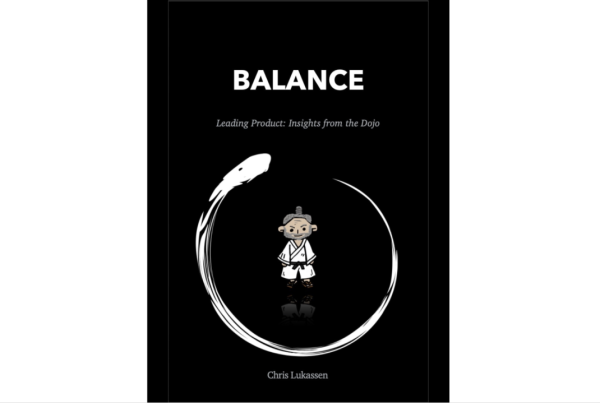Role models are people that others, rightly or wrongly, look up to and strive to emulate. They come in many shades and range from the truly great to the unspeakably bad. You can’t always pick your leaders, but you can choose your role models.
A good role model inspires you to be the best that you can be; helps you set your moral compass to the true north and stay on the right path. A good role model also helps you calibrate your understanding of socially acceptable norms and behaviors and deal more effectively with the challenging people and situations that life may put in your path.
Some behaviors automatically disqualify you from being a good role model. Good role models respect people so they don’t insult, demean or otherwise humiliate others; they do not target lewd, vulgar and disrespectful language at others, nor are they ever intentionally hurtful. Good role models don’t try to get their way through intimidation so they don’t threaten, scream, shout, snarl or hiss at others. And good role models don’t lie, distort the truth or obfuscate – they show probity and own up to their actions.
Good role models influence people for the better. They carry a great and heavy responsibility and for this, are to be supported, encouraged and admired. Bad role models have the opposite effect. They leave much damage in their wake and for this, are deserving of our open disapproval.
Thankfully, there are many good role models to be found in all spheres of life — in sports and in the workplace, at home, in school and in the public sphere. From the most humble to the highest-ranking and from the most quiet to the most exuberant, good role models are all around us, influencing others for the better.
I’m not sure anyone could ever provide exhaustive definitions of good and bad role modeling. But I know it when I see it and so do you.



